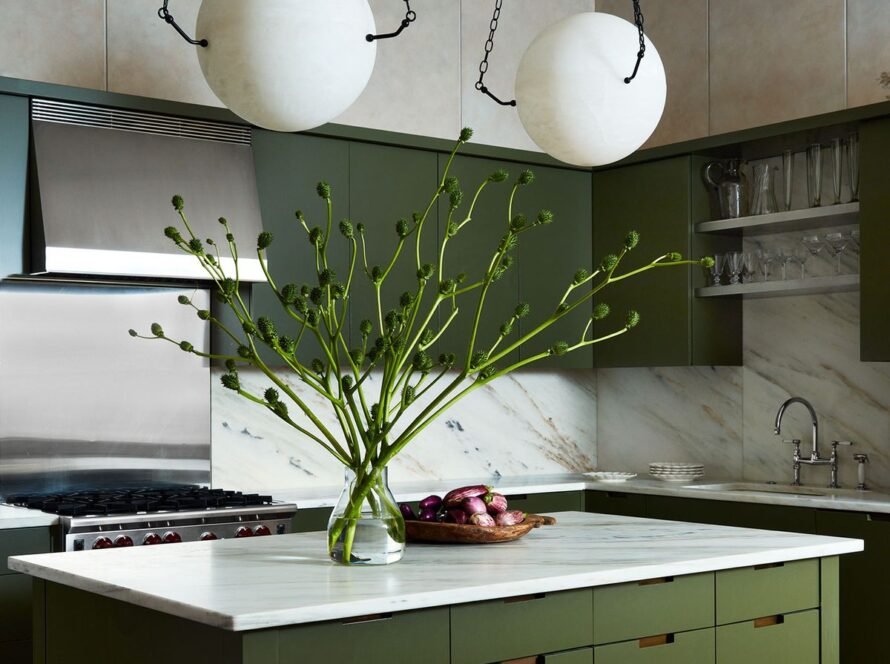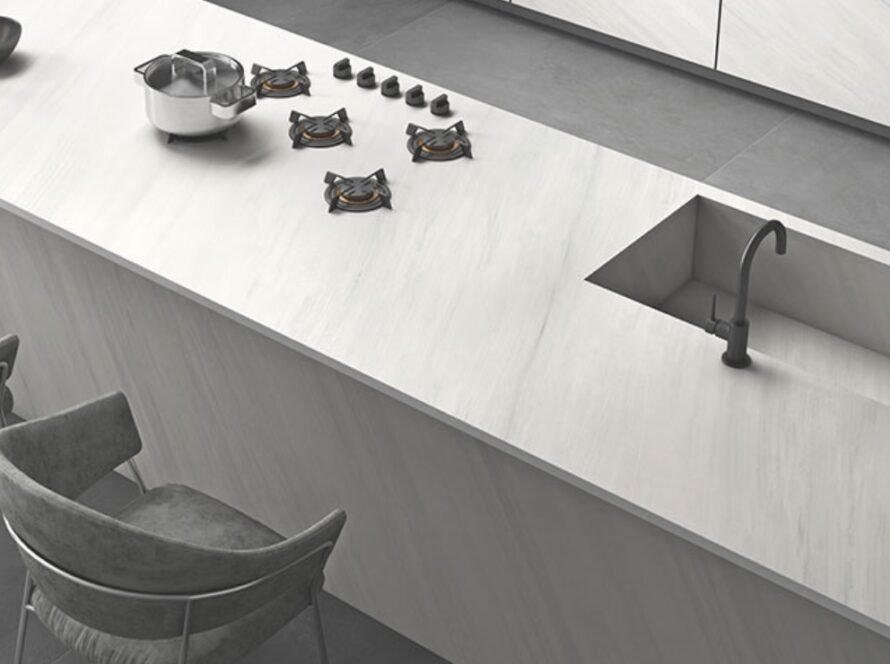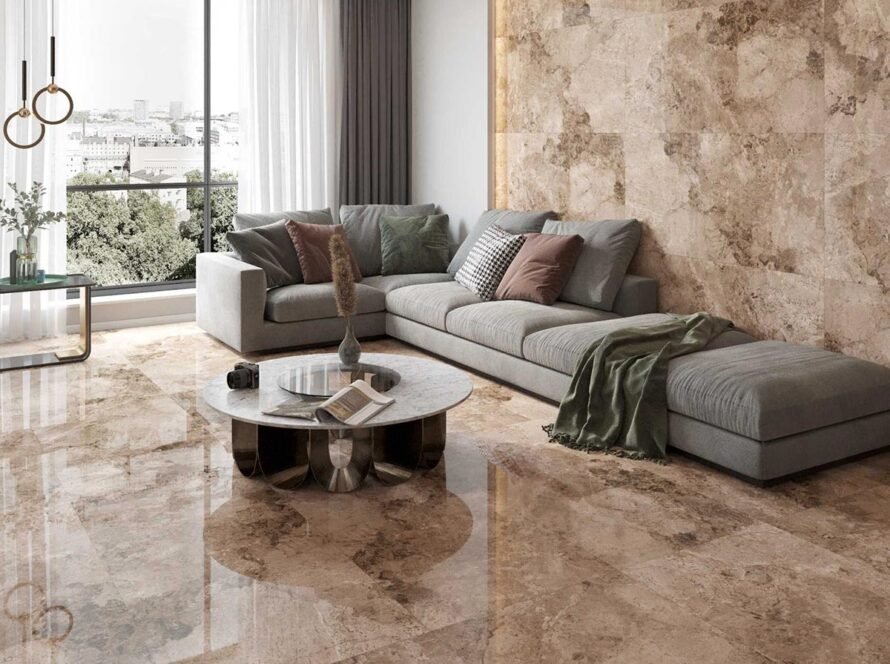Tile randoms may seem complex, but they’re actually quite fascinating, especially in the world of tiles! They’re patterns formed by breaking tiles into smaller pieces randomly. These patterns are what make walls, floors, and unique designs look really interesting!
Creating Authenticity
When you want to create something like a wall or floor in a tile design, you want it to look real, right? That’s where tile randoms come in—they’re like the secret ingredient for making things look genuine. They’re made using different methods, like using grids or repeating simple patterns. These methods create textures that seem random but still look real.
Imperfections That Perfects
Tile randoms aren’t about being perfect. They’re about bringing in randomness and a touch of disorder. Perfect patterns might not look natural in tile designs because real things aren’t perfect! But some types come close to perfection, with a little twist to keep them looking authentic.
Their Importance
Think about a tile surface. It’s not perfectly uniform, right? It has variations and irregularities. Tile randoms help create textures that mimic that—making them look real and not overly perfect. They also add detail. For example, making tile patterns resemble actual surfaces is hard without these tile randoms.

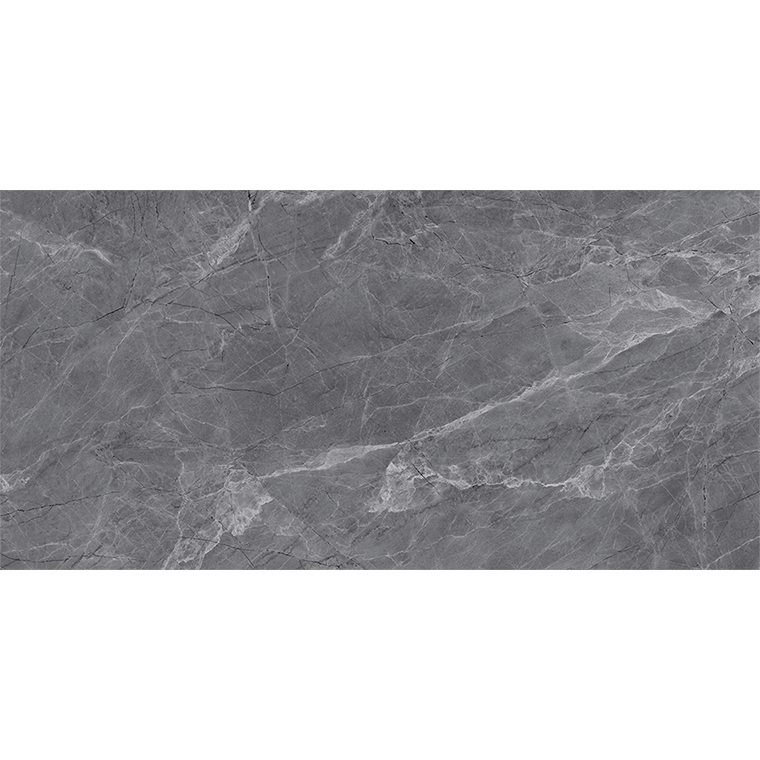

The Pros and Cons
While they’re fantastic, creating tile randoms can require a lot of computer power. So, deciding to use them depends on what’s needed.
How They’re Crafted
They’re not physical tiles that you print or cut. Instead, computers use special methods like grids, repeating patterns, and noise functions to create them. These patterns are then applied to surfaces in 3D programs, making them look like they’re made of many small tiles.
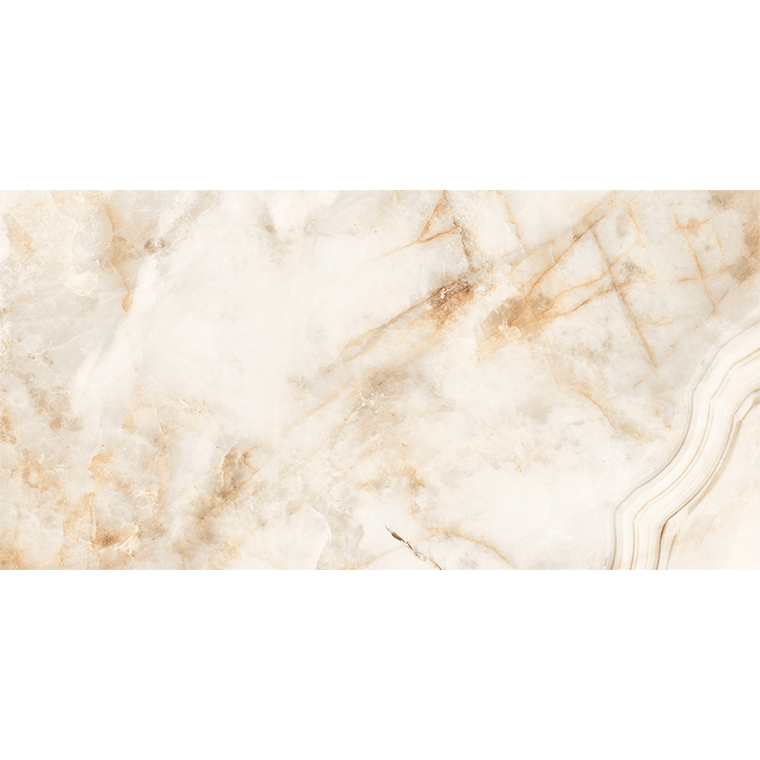

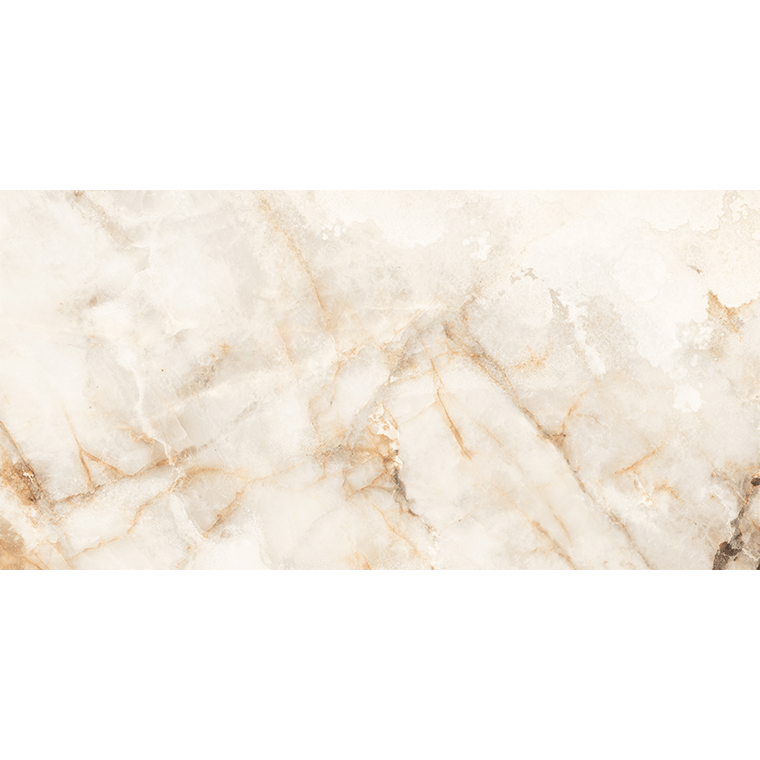
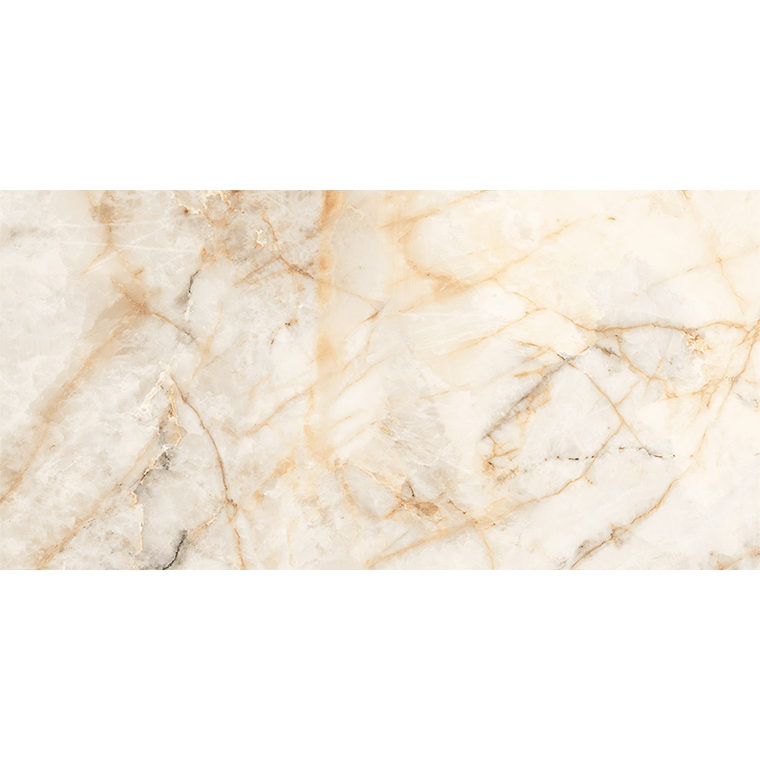
Where They’re Utilized
Tile randoms find their place in various areas:
- Creating authentic walls and floors in tile designs
- Mimicking natural textures like rocks and landscapes on tile surfaces
- Even crafting unique and engaging tile patterns!
Conclusion
Tile randoms bring life and authenticity to tile designs. They introduce irregularity, making surfaces look real and detailed. While their creation demands computational power, their impact on creating genuine textures is unparalleled.


